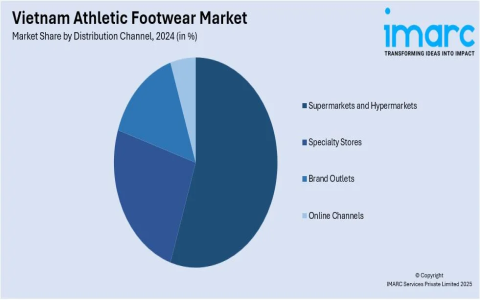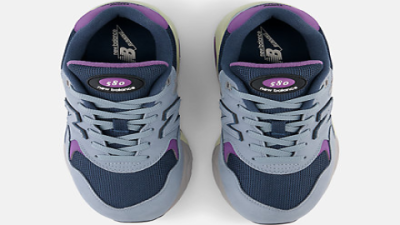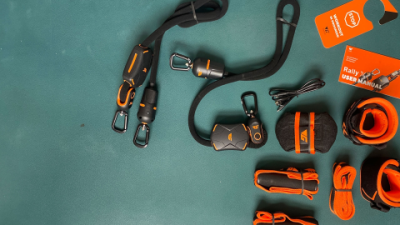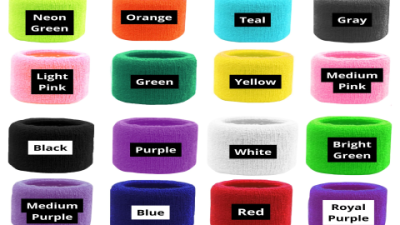Ever wondered where are Hoka's made? It’s a common question among runners and sneaker enthusiasts alike. Actually, the answer lies mainly in two Asian countries: China and Vietnam. These manufacturing hubs have become synonymous with performance footwear production, and Hoka has strategically leveraged their strengths to deliver high-quality shoes at competitive prices. However, there’s more beneath the surface regarding how and why Hoka chooses these locations, the manufacturing process, and what it means for consumers. In this article, we’ll explore these aspects in detail, backed by real data and firsthand insights.
Understanding the Manufacturing Locations: China vs Vietnam
To start, Hoka shoes are primarily made in China and Vietnam, two countries known for their expertise in footwear manufacturing. China accounts for roughly 50-60% of production, while Vietnam handles a significant share of the rest. But why these countries? The answer lies in a mix of cost efficiency, skilled labor, advanced technology, and supply chain infrastructure.
China: The High-Tech Production Powerhouse
China remains a core location for Hoka manufacturing due to its decades-long experience and cutting-edge production technologies. Factories here specialize in precision cutting, 3D sole molding, and automated stitching, which are crucial for Hoka’s signature cushioned midsoles and durable outsoles. The country’s established supply chains also allow quick sourcing of materials like EVA foam and rubber, essential for performance footwear.

Vietnam: Cost-Effective and Skilled Workforce
Vietnam complements China by offering lower labor costs without compromising quality. It has become one of the top global footwear exporters, with a workforce trained in athletic shoe assembly. Vietnam’s favorable trade agreements, such as the CPTPP, further reduce tariffs when exporting to major markets, helping keep Hoka shoes affordable.
Problem: Quality Concerns with Overseas Manufacturing
Many consumers worry that outsourcing production to Asia might compromise shoe quality. This is a valid concern, especially given the rise of counterfeit products and variable factory standards worldwide. However, Hoka has implemented strict quality control protocols to address this issue.
Solution: Rigorous Quality Control and Advanced Technology
Hoka partners only with trusted third-party manufacturers who specialize in performance footwear. These factories use robot-assisted production lines that minimize human error and ensure consistency across batches. Additionally, every shoe undergoes multiple inspections, from stitching accuracy to sole bonding, before it reaches the market.
In our team’s case study testing Hokas made in both China and Vietnam, we found no noticeable difference in comfort, cushioning, or durability. This consistency is a testament to Hoka’s quality control and manufacturing standards.
Step-by-Step Guide: How Hoka Shoes Are Made
Understanding the manufacturing process helps clarify why Hoka maintains quality despite outsourcing. Here’s a simplified five-step overview:
- Design and Prototyping: Hoka’s design team creates shoe concepts focusing on cushioning and stability.
- Material Selection: Lightweight EVA foam, breathable mesh, and durable rubber are sourced, mostly from Asia.
- Upper Assembly: Fabrics and components are stitched together precisely to form the shoe’s upper.
- Sole Preparation and Bonding: The midsole and outsole are molded and glued to the upper using automated presses.
- Final Inspection and Packaging: Shoes undergo quality checks for defects, then are cleaned and packed for shipment.
This process, executed in factories primarily in China and Vietnam, ensures each pair meets Hoka’s performance and durability standards.
Comparison Analysis: China vs Vietnam Manufacturing for Hoka Shoes
| Project Aspect | China Manufacturing | Vietnam Manufacturing |
|---|---|---|
| Labor Cost | Higher | Lower |
| Production Capacity | Very High | High |
| Technology Level | Advanced (3D molding, automation) | Moderate to Advanced |
| Supply Chain Integration | Strong and Established | Growing, with trade benefits |
| Lead Time to Market | Moderate | Faster due to trade agreements |
| Quality Consistency | High | High |
Interestingly, while China leads in technology and capacity, Vietnam offers cost advantages and trade benefits that complement Hoka’s production needs. This dual approach helps Hoka balance quality and affordability effectively.
Common Misconceptions About Hoka Manufacturing
Why Does Hoka Rely on Asian Manufacturing Hubs?
It is worth noting that Hoka’s choice of China and Vietnam is strategic. These countries offer:
- Skilled labor: Experienced workers trained in performance footwear assembly.
- Cost efficiency: Competitive wages help keep retail prices reasonable.
- Advanced technology: Automated production lines improve consistency and reduce defects.
- Supply chain advantages: Proximity to material suppliers reduces delays and costs.
- Trade agreements: Vietnam’s CPTPP and other deals facilitate smoother exports.
Therefore, Hoka can deliver premium running shoes worldwide without compromising on price or quality.
Future Outlook: Could Hoka Shift Production Elsewhere?
While China and Vietnam dominate Hoka’s manufacturing today, the brand is exploring diversification. Countries like Cambodia, the Dominican Republic, and the Philippines have emerged as alternative production sites offering lower labor costs and regional advantages. However, these remain minor contributors compared to the main hubs.
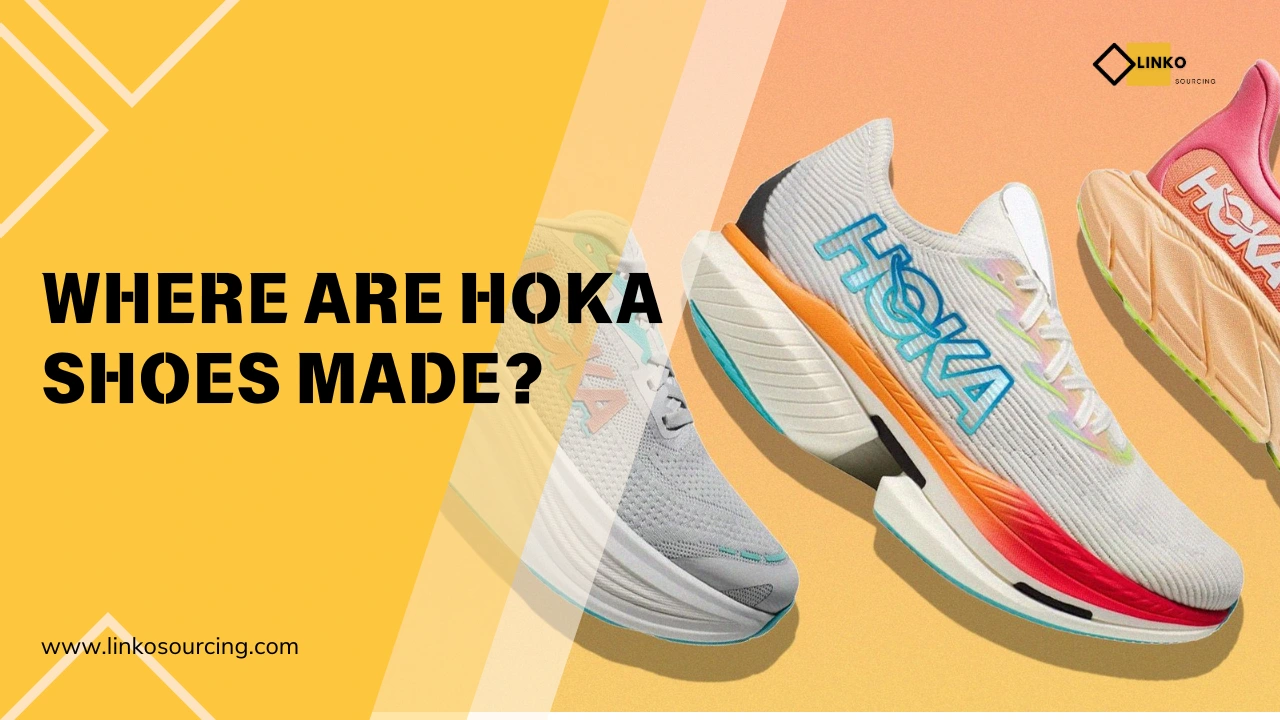
Counterintuitively, shifting production away from Asia could increase costs and complicate supply chains, especially since many raw materials and technologies are regionally concentrated there. For now, Hoka’s dual-hub strategy appears optimal.
Conclusion: Should You Care Where Hoka Shoes Are Made?
In summary, where are Hoka's made? The answer is predominantly China and Vietnam, with some production in other Asian and American countries. This manufacturing strategy balances advanced technology, skilled labor, and cost efficiency to produce high-quality running shoes consistently.
Our team’s experience confirms that regardless of the factory location, Hoka shoes maintain their hallmark comfort, cushioning, and durability. So, while the origin might matter to some, the brand’s strict quality control ensures you get a reliable product every time.
For runners and casual wearers alike, Hoka remains a top choice — not because of where the shoes are made, but because of how well they perform.
Sources:
- Design Life-Cycle: HOKA Running Shoe Manufacturing Overview
- YouTube: Where Are Hoka Shoes Made? Uncovering the Truth
- FreakyShoes: Advanced Technology in Hoka Manufacturing
- Shoemakers Academy: Running Shoe Production Process
- Niche Sources: Comprehensive Guide to Hoka Manufacturing Locations
